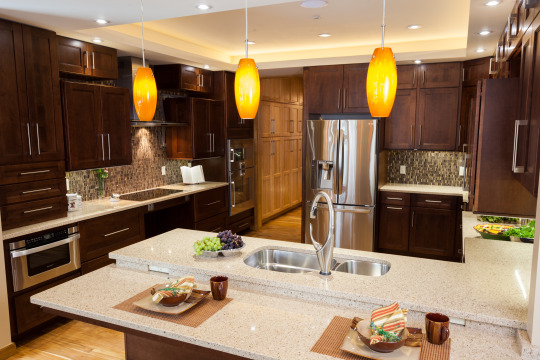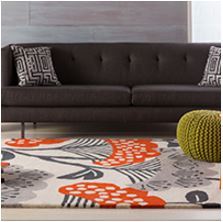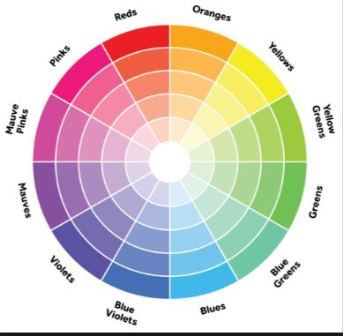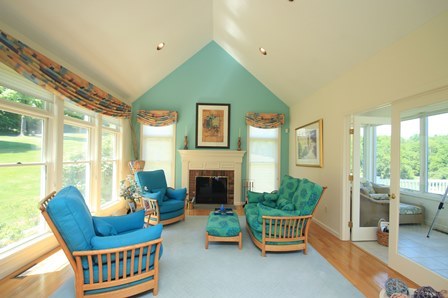WOW Décor: Layered Light Plans

Creating a beautiful layered light plan is really an art form. When done correctly, lighting will evoke a certain mood in a space. Think of your favorite local restaurant or spa and how you feel when you visit. Wouldn’t it be wonderful to create spaces like that in your own home? It can be done with a layered lighting plan.
Layered light plans include multiple sources and types of lighting to maximize functionality and enhance ambiance. It simply isn’t possible to achieve both of these with one light source in a room. There are four main types of lighting that must be considered to build your plan: natural, ambient, task, and accent.
Natural light
All lighting plans begin by looking at the natural light in a space. This creates your canvas, so to speak. You want to understand how the natural light affects the room during the day so you can direct it appropriately and compliment it with other light sources during the day.
Ambient light
Ambient light has the important job of setting the mood by providing the main source of overall lighting. Its main function is to deliver enough light to safely maneuver in the room. The color and intensity of this light is important as it sets the tone and creates the base from which the rest of the lighting plan will be built. Ceiling mounted lights such as chandeliers, recessed lights, wall sconces and table or floor lamps are common sources of ambient light.
Task Lighting
Just as it sounds, task lighting serves the specific purpose of providing light do perform specific tasks. This could include reading, food preparation or shaving for example. Pendant lights, vanity lighting and under cabinet lighting are all great sources of task lighting as they offer very targeted illumination.
Accent lighting
Last, but certainly not least is accent lighting. The purpose of this layer is to highlight specific objects or features within a room to create focal points or provide direction. Track lighting, interior cabinet lighting, or wall-mounted fixtures are good sources for accent lighting.
One of the services We provide for homeowners is lighting plans. Our lighting plans incorporate beauty and function and create the appropriate mood or feeling for a space. Please call 203-405-2126 for more information or to find a Decor&You near you.
f>��




